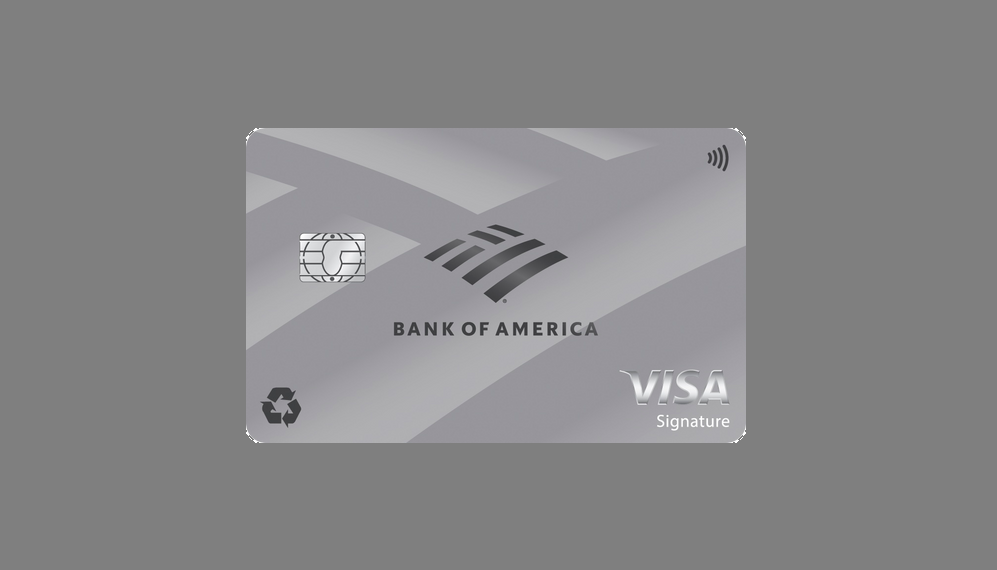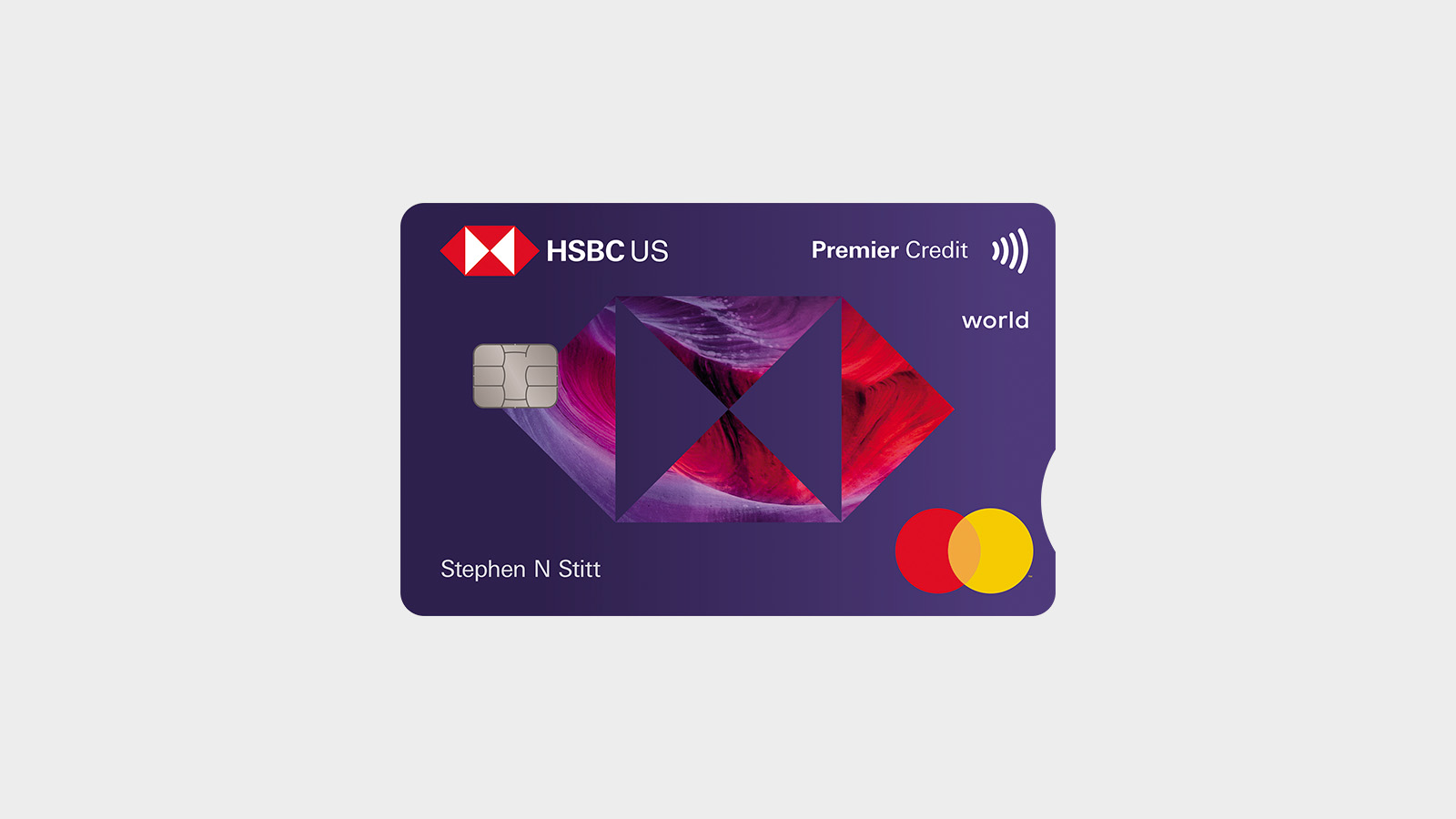The Impact of Credit Card Rewards on Consumers’ Purchase Decisions

Understanding Credit Card Rewards Programs
Credit card rewards programs have transformed consumer spending patterns and financial decision-making in the United States. These programs not only incentivize consumers to use their credit cards but also influence their purchasing habits. Given the significant role that rewards play in modern finance, both consumers and retailers must comprehend how these systems operate and affect behavior.
Key features of credit card rewards include:
- Cash Back: Many credit cards offer a percentage of cash back on various purchases, typically ranging from 1% to 5%. For example, a card might provide 3% back on grocery purchases and 1% on all other transactions. This incentive encourages consumers to use their credit cards more frequently, thereby increasing both spending and loyalty to the card issuer.
- Travel Rewards: Travel-focused rewards programs offer points that can be redeemed for flights, hotel stays, or rental cars. For instance, programs affiliated with airlines like Delta or hotel chains such as Marriott can appeal specifically to those who travel for leisure or business. Consumers with these cards may prioritize making purchases that allow them to accumulate points faster, thus steering their spending towards travel-related expenses.
- Bonus Offers: Credit cards often feature lucrative sign-up bonuses that require consumers to spend a certain amount within the first few months of account opening. For example, a card might offer a bonus of 50,000 points after spending $3,000 in the first three months. Such offers prompt new cardholders to make larger purchases initially, as they aim to maximize their rewards.
The psychology behind these rewards, often referred to as “loss aversion,” suggests that consumers are motivated more by the fear of missing out on potential gains rather than by the actual rewards themselves. This can lead to increased credit card use and spending, sometimes beyond what a consumer’s usual budget would allow. Studies show that consumers engaged with rewards programs are often more loyal to their card providers, making more frequent and larger purchases over time.
Furthermore, retailers can leverage this knowledge to shape their marketing strategies. By understanding the motivations behind consumer behavior related to rewards programs, retailers can tailor their offerings and promotions to capture a larger share of consumer spending. This insight not only helps in enhancing customer satisfaction but also in building long-term relationships with loyal customers.
In conclusion, as credit card rewards continue to evolve, consumers must remain aware of how these incentives influence their financial decisions. A well-informed consumer can harness the advantages of rewards programs while avoiding potential pitfalls associated with overspending. This balanced approach can lead to a more rewarding financial experience overall.
DISCOVER MORE: Click here for essential strategies
The Mechanics of Credit Card Rewards Programs
Credit card rewards programs operate on a variety of principles designed to maximize consumer engagement and spending. By offering incentives that align with consumer preferences, credit card issuers successfully create a framework that can significantly impact buying behaviors. Understanding the mechanics behind these programs is essential for consumers to navigate their choices effectively.
Types of Rewards Offered: The rewards offered by credit cards can generally be categorized into three main types, each appealing to different consumer interests:
- Cash Back Programs: Cash back programs provide consumers with a straightforward reward structure, whereby a specified percentage of their spending is returned to them. This type of reward simplifies the redemption process and makes it appealing to a broad audience.
- Points Redemption Systems: Points systems allow consumers to earn points for each dollar spent, which can later be redeemed for various products or services. This flexibility can encourage consumers to make purchases they would not ordinarily consider, thereby increasing overall spending.
- Miles for Travel: Travel rewards programs specifically target frequent travelers, offering airline miles or hotel points. This type of incentive encourages consumers to prioritize specific purchases tied to travel, influencing their overall expenditure patterns.
Moreover, the structure of these programs contributes significantly to consumer decision-making. For instance, research indicates that the allure of rewards can lead consumers to choose higher-priced items over lower-priced alternatives due to the promised future benefits of the rewards program. This behavior reinforces the concept of “anchoring,” where the initial reward amount can skew perceptions of value and influence spending decisions.
Additionally, seasonal promotions and limited-time offers are frequently employed by credit card companies to enhance consumer spending. These strategies create a sense of urgency, nudging consumers to take action quickly to capitalize on available rewards. For instance, promotional campaigns during holiday seasons often highlight specific categories, such as increased cash back on holiday shopping, further incentivizing spending in those periods.
Another facet to consider is how loyalty programs are intertwined with credit card rewards. Many consumers are increasingly seeking credit cards that offer rewards in conjunction with their preferred retailers. This co-branding strategy not only fosters brand loyalty but also influences where consumers choose to shop, ultimately affecting their overall purchasing behavior.
As such, credit card rewards programs are intentionally designed to alter consumer purchase decisions, often encouraging spending that exceeds typical budget constraints. An insightful understanding of how these various elements interact will enable consumers to make more informed decisions regarding credit card usage. Maintaining a meticulous approach to spending while actively leveraging rewards opportunities can lead to significant financial benefits without falling prey to the pitfalls of overspending.
DISCOVER MORE: Click here for a step-by-step guide
Behavioral Economics and Credit Card Rewards
The influence of credit card rewards on consumer behavior can also be analyzed through the lens of behavioral economics, which explores how psychological, social, and emotional factors affect economic decisions. A key concept within this field is the hyperbolic discounting phenomenon, where individuals prefer immediate rewards over future benefits. Credit card rewards programs tend to exploit this tendency, presenting consumers with instant gratification through sign-up bonuses, introductory offers, and immediate cash back opportunities.
This approach often skews consumers’ perception of value, as they may prioritize obtaining points or cash back over making sound financial decisions. For instance, consumers might opt to charge a larger purchase to their credit card—even if it exceeds their budget—because they perceive the reward as a compelling incentive that justifies the increased spending. This behavior can lead to a cycle of debt, as the lure of rewards often overshadows the financial consequences of heavy credit card use.
Moreover, the phenomenon of loss aversion plays a significant role in consumer decision-making. Research indicates that consumers are more motivated to avoid losses than to achieve equivalent gains. Credit card issuers capitalize on this by creating tiered rewards structures that encourage consumers to reach specific spending thresholds. For instance, a card may offer a higher cash back percentage or additional points for spending above a set limit, effectively pushing consumers to make purchases to avoid losing out on rewards. This dynamic can result in increased consumption—the higher the perceived “loss” in rewards, the more a consumer may spend to mitigate that loss.
- Emotion-Driven Purchases: Credit card rewards can also activate emotions like excitement or anticipation, leading to impulsive buying behavior. For example, the temptation of earning double points during specific promotional periods may prompt consumers to make unnecessary purchases.
- Social Influence: Peer pressure or social norms can influence purchase decisions as well. Consumers may feel compelled to match the spending behavior of friends or family members with similar credit card rewards programs, highlighting the societal dimension of rewards-based consumerism.
- Encouraging Brand Loyalty: Credit card rewards not only impact individual purchase decisions but also reinforce brand loyalty. By earning points or miles, consumers are often nudged into consistently purchasing from the same retailers or service providers corresponding with their credit card offerings, ultimately fostering a habit that can outlast the immediate rewards.
Additionally, a growing trend among credit card companies is the integration of technological advancements to enhance user experience. Mobile apps and personalized dashboards allow consumers to track their rewards in real-time, providing instant gratification and promoting further spending. The ability to redeem rewards directly through the app creates a seamless experience that can reinforce the consumer’s inclination to spend more—knowing they are on the path to earning more rewards.
As the financial landscape evolves, understanding the underlying principles driving consumer behavior in relation to credit card rewards is crucial. By recognizing the psychological factors at play, consumers can guard against the pitfalls of reward-based spending while maximizing the benefits of their credit card use. This awareness leads to more intentional purchasing decisions that align with their financial goals, rather than succumbing to the allure of immediate rewards.
DISCOVER MORE: Click here to learn about aligning your investments with your values
Conclusion
In summary, credit card rewards significantly influence consumer purchase decisions through various psychological and behavioral frameworks. The principles of behavioral economics illustrate how factors such as hyperbolic discounting and loss aversion shape consumers’ spending habits, often leading them to prioritize immediate rewards over long-term financial health. By offering instant gratification in the form of points, cash back, and exclusive offers, credit card issuers effectively entice individuals to make purchases that do not always align with their financial objectives.
As consumers continuously navigate these complexities, it becomes imperative for them to cultivate an awareness of the psychological tactics employed by credit card companies. Engaging in emotion-driven purchases and succumbing to social influences can create a cycle of debt and spending that undercuts financial stability. Moreover, the integration of technology in rewards tracking can further exacerbate impulsive buying behaviors, reinforcing a habitual cycle of consumption.
Ultimately, while credit card rewards can be a beneficial tool for savvy consumers looking to maximize their purchasing power, they also present considerable risks if not managed judiciously. It is essential for consumers to remain vigilant and informed, making conscious choices that align with their broader financial goals. By understanding the underlying motivations behind rewards programs, consumers can harness the benefits while mitigating potential adverse effects on their financial well-being.


